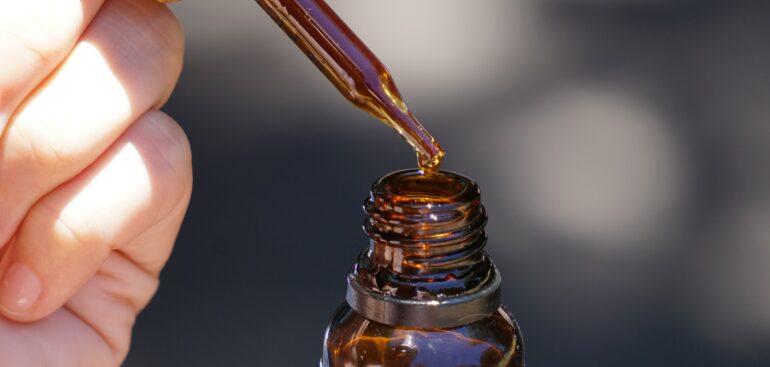Latest
So Which Cannabinoid Works Best For What?
PanXchange Blog
Cannabinoids
Nowadays, there are so many acronyms in the cannabis and hemp industry that unfamiliar people may get lost in confusion between the similarities, differences, and unique traits of CBD, CBG, CBC, and CBN. So how does one know which cannabinoid works best for their specific needs? We compiled a short, summarized list of four (although one is contentious) popular non-psychoactive cannabinoids; however, everyone is waiting for the FDA to put their seal of approval on some of the cannabinoids.
Photo Credit: Elsa Olofsson, a contributing writer at CBD Oracle.
Cannabidiol (CBD)
CBD is one of the most popular and well-publicized non-psychoactive alternatives to THC. According to Harvard Health Publishing, CBD’s most effective treatment is used for childhood epilepsy syndromes; however, many patients use CBD to treat anxiety and restless nights. CBD has also been shown to help with nausea and other side side-effects of cancer treatments. Finally, a study from the European Journal of Pain demonstrated CBD’s use for chronic arthritis pain relief.
Cannabigerol (CBG)
According to the Journal of Pharmacology and Experimental Therapeutics, CBG is often marketed as a dietary supplement. Due to its potential in treating neurological disorders, as well as inflammatory bowel disease. CBG has also been known to assist users with nausea, pain, and inflammation. According to Mission Cannabis, It interacts with the brain similarly to THC; however, it relieves anxiety instead of stimulating the psychoactive effect.
Cannabichromene (CBC)
Like CBG, CBC also helps with inflammation; however, Mission Cannabis suggests it works best when combined with CBD and THC. Different from other cannabinoids, CBC is said to have promoted bone health. Additionally, according to CBG Global Extracts, CBC’s research is shown to be a good remedy for antidepressants and can be used to treat acne. Specifically, its prevention of acne comes from the anti-inflammatory effects that suppress lipid production in the sebaceous glands.
Cannabinol (CBN)
While contentious, CBN is said to be mildly psychoactive and is often used as a sleep remedy. CBN can also be used as a hunger-stimulant for users who are struggling with their lack of hunger. It is the oxidized version of THC; therefore, if THC is left out for too long and exposed to heat and light, it will convert into CBN.
Conclusion
With over a hundred different types of cannabinoids and research in the hemp and cannabis industry expanding as the years go on, we are bound to discover more unique differences between the various cannabinoids. However, for now, we hope this clarifies the small distinction between these four popular cannabinoids: CBD, CBG, CBC, and CBN.
I am text block. Click edit button to change this text. Lorem ipsum dolor sit amet, consectetur adipiscing elit. Ut elit tellus, luctus nec ullamcorper mattis, pulvinar dapibus leo.








